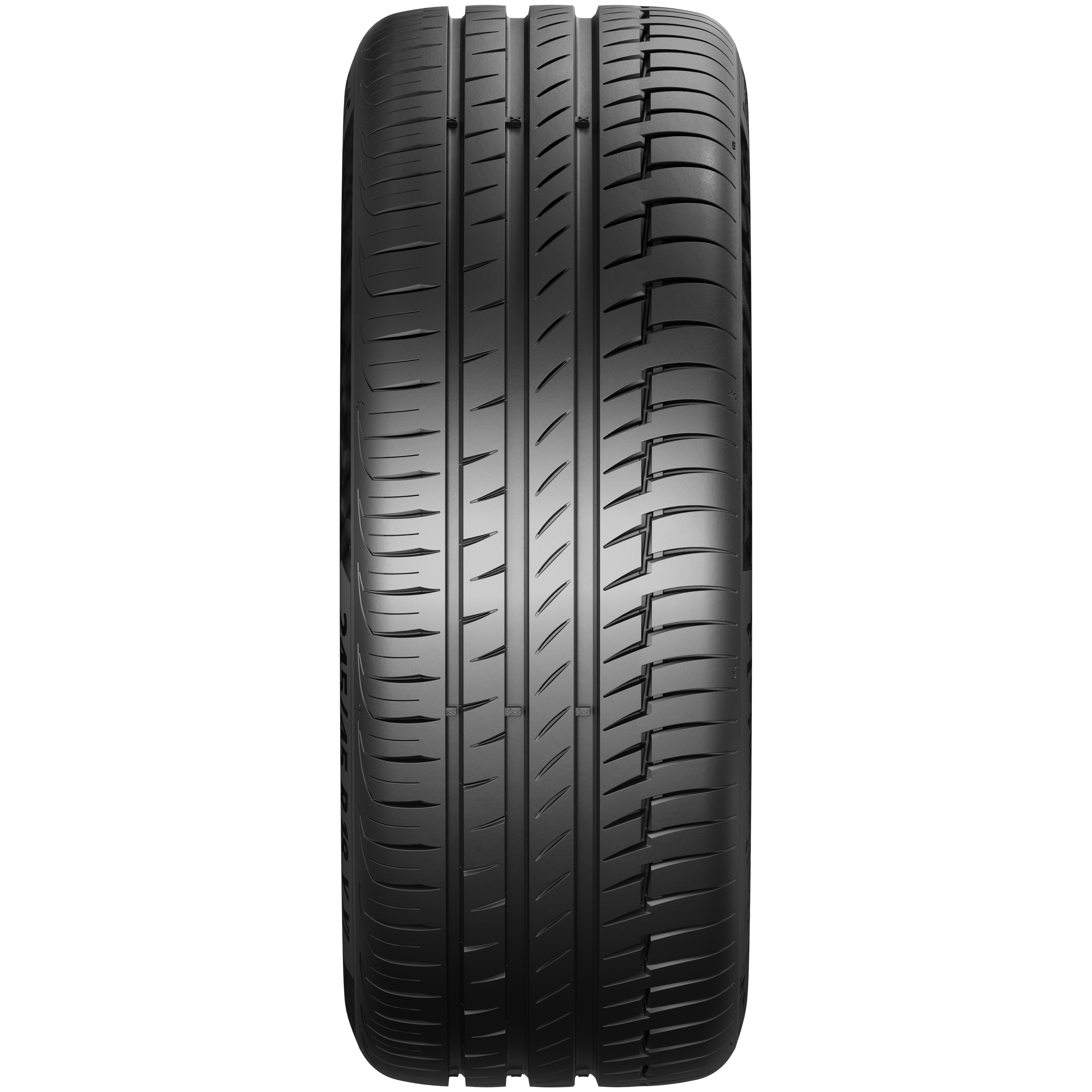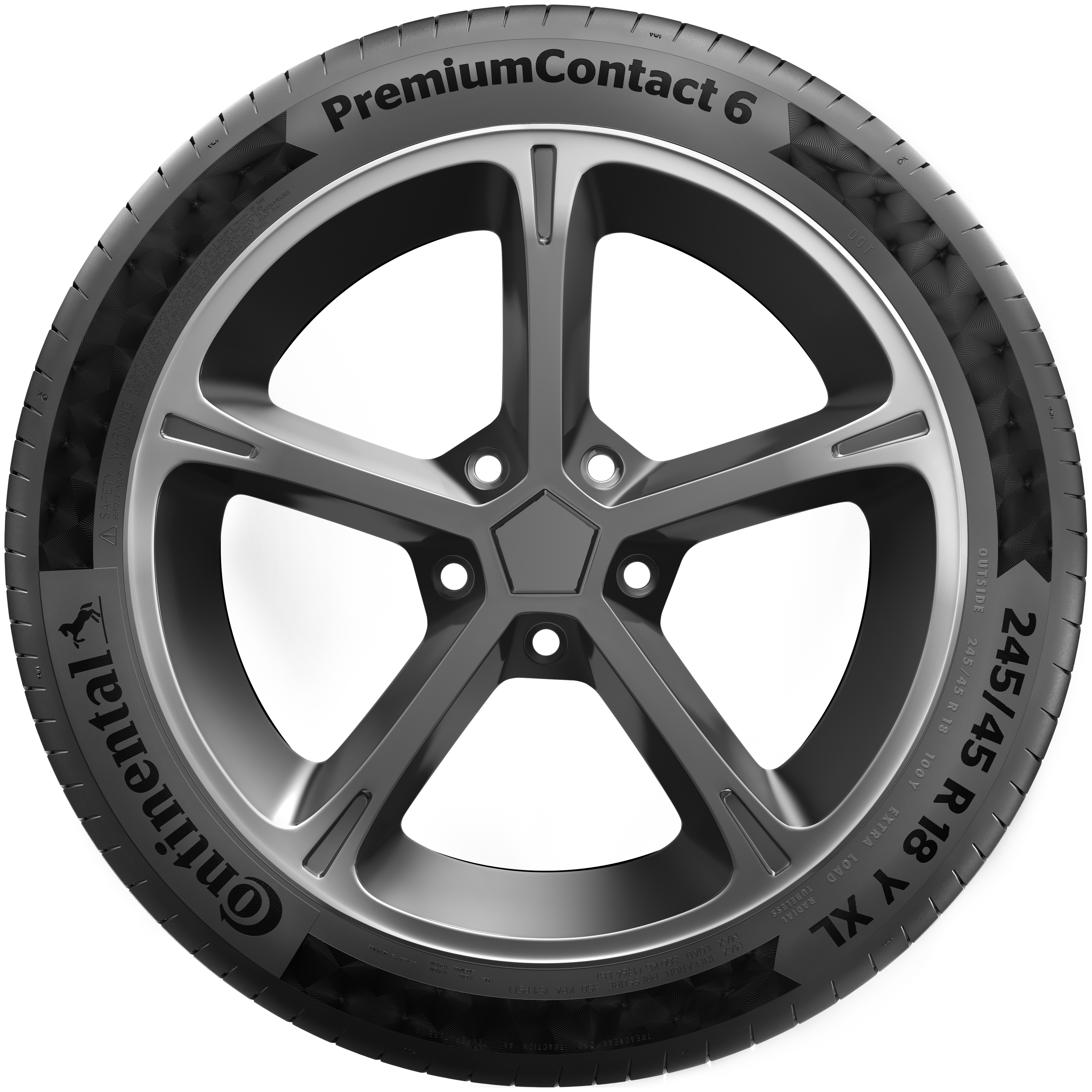(name of the tire)
(tire description)
Technical Details
- Ice grip
- Snow traction
- Aquaplaning
Grip icy roads reliably.
- The new ice reservoir and longer trailing edges of the stud increase the braking power and ensure short braking distances. The combination of all the newly improved Gislaved stud technologies provides driving comfort and safety on icy and snowy surfaces.
For loaded VANs snow traction is essential.
- The new Nord*Frost Van 2 with its aggressive tread pattern and innovative snow catchers offers excellent traction and stable steering even on the most challenging winter roads.
Be safe on wet roads in winter.
- The effectively designed pattern removes water and slush between the tire and the road. Improved wet braking stability thanks to our newly developed Gislaved slopes gives you confidence on your journey.



